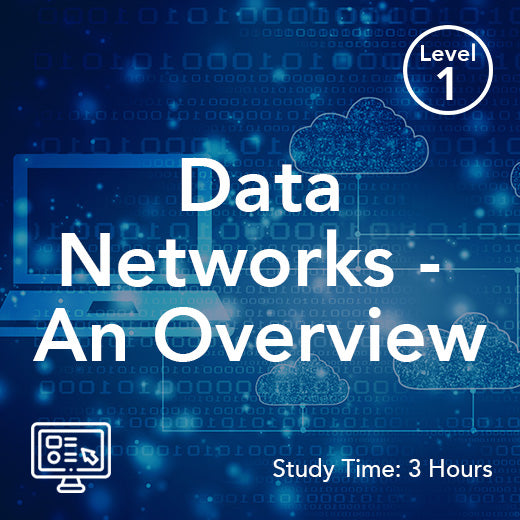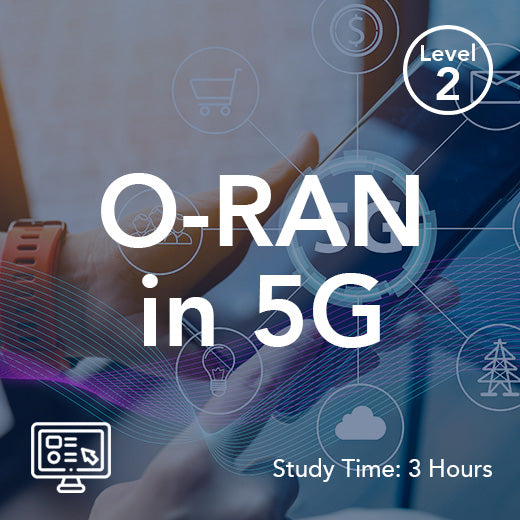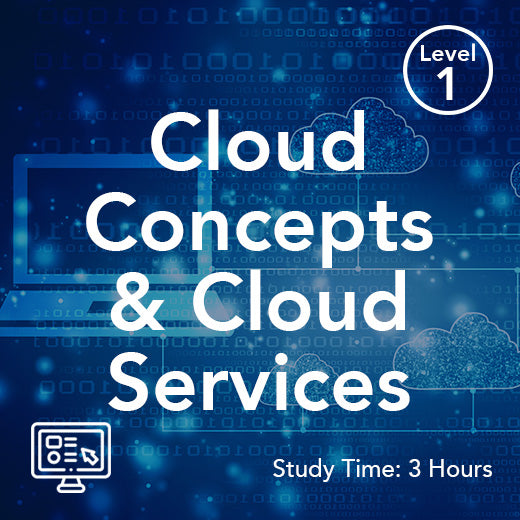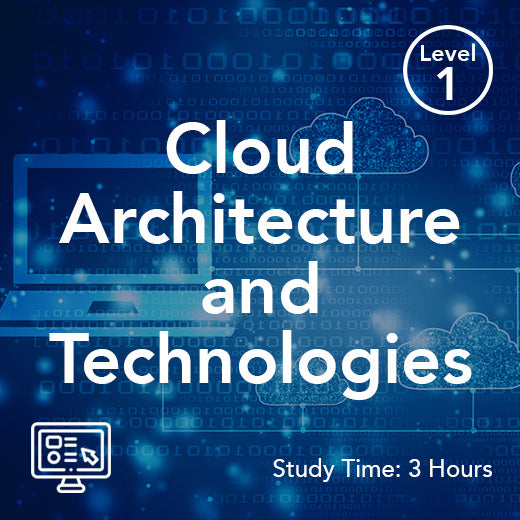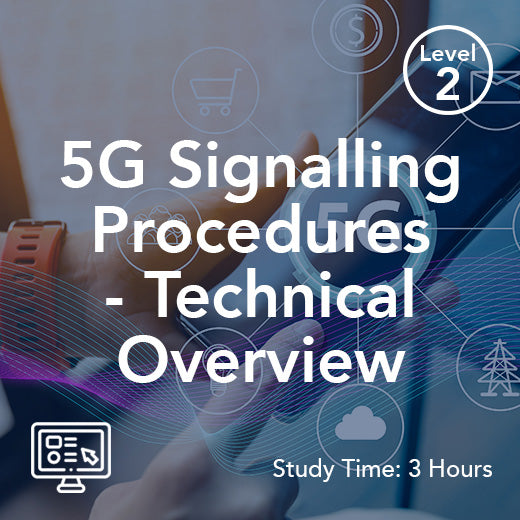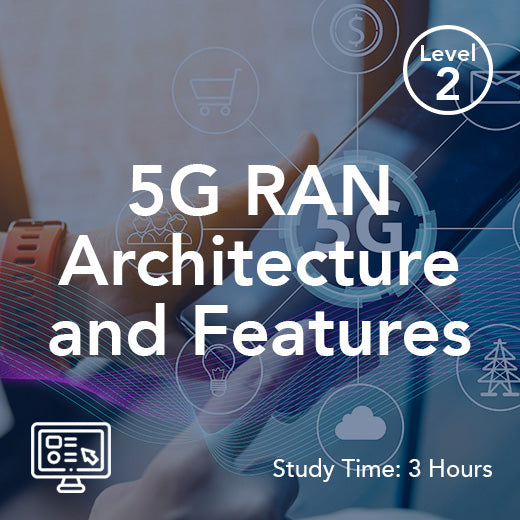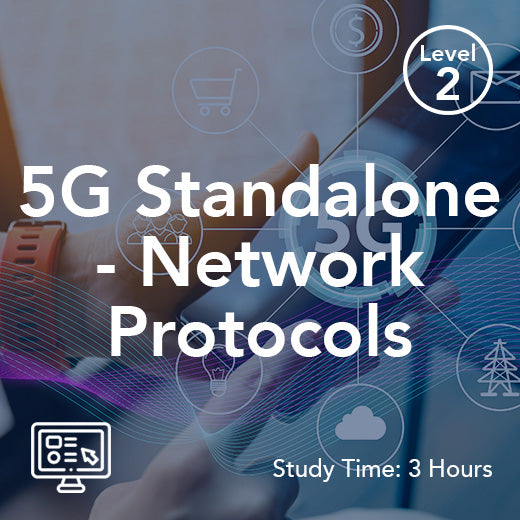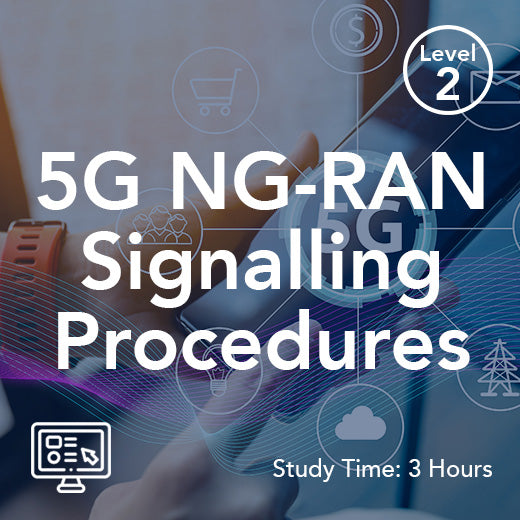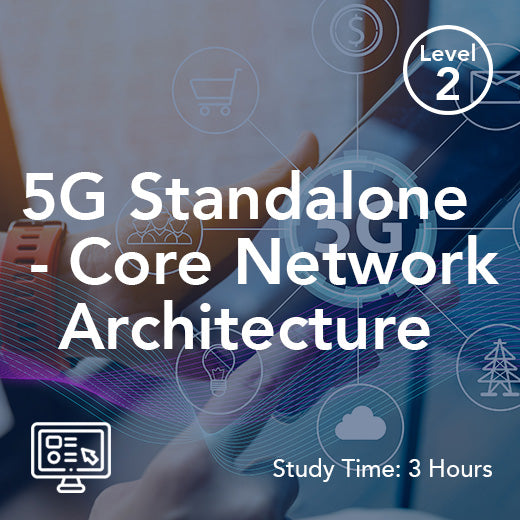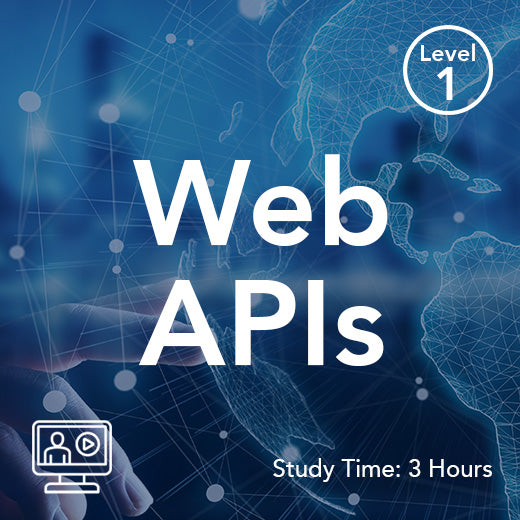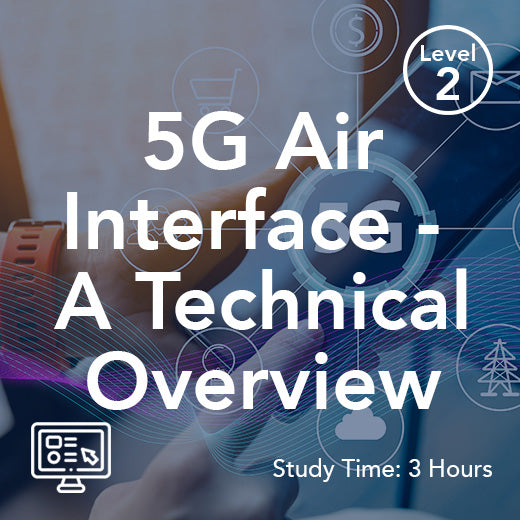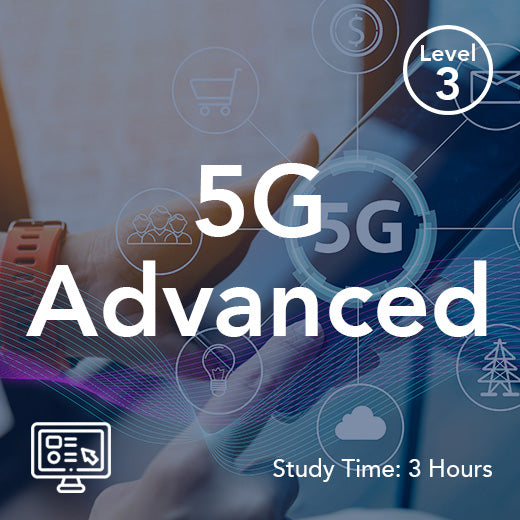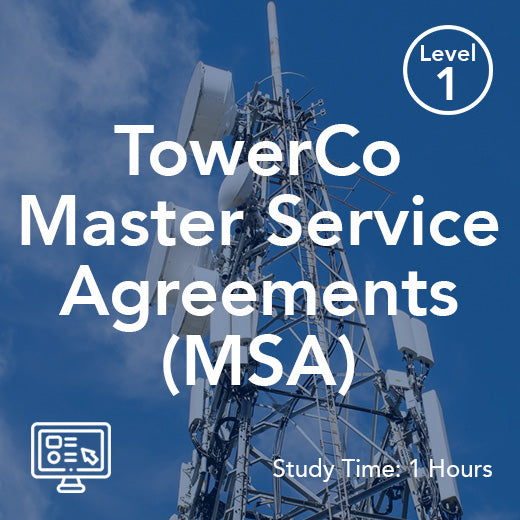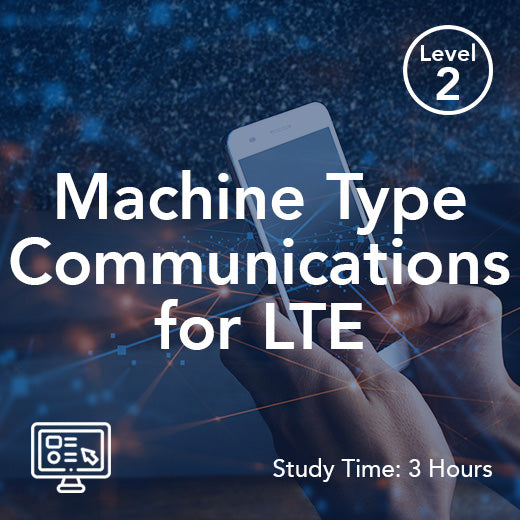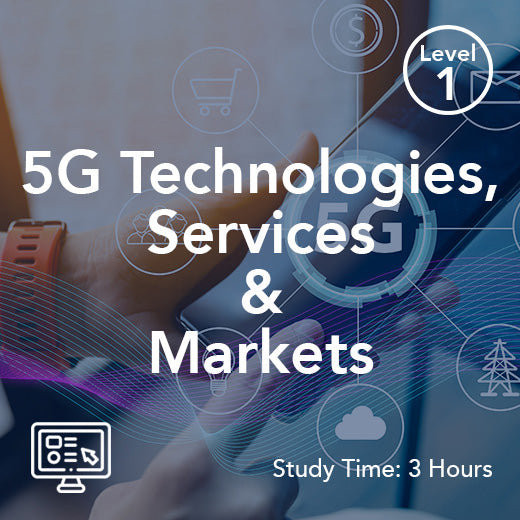Routing Area Update
- , by Stephanie Burrell
- 4 min reading time
Routing Area Update (RAU) is a process in the telecom industry that plays a crucial role in ensuring seamless mobility for mobile devices. When a mobile device moves from one location area to another within a cellular network, it needs to inform the network about its new location. This is where the Routing Area Update comes into play. By updating the routing area, the network can efficiently route incoming calls and messages to the mobile device, regardless of its location. This process is essential for maintaining uninterrupted communication services for mobile users.
In the realm of telecommunications, the Routing Area Update process is intricately linked with the concept of Location Area Update (LAU). While LAU involves updating the network about a mobile device's movement between different location areas, RAU specifically focuses on the routing area, which is a subset of the location area. By updating the routing area information, mobile networks can optimize their routing strategies and ensure that calls and data reach the intended recipient without delays or disruptions. This level of network efficiency is vital for providing high-quality mobile services to customers.
From a technical perspective, Routing Area Update involves the exchange of signalling messages between the mobile device and the network's core infrastructure. These messages contain information about the mobile device's new routing area, allowing the network to update its routing tables and maintain accurate location information for each device. By streamlining this process, mobile operators can enhance network performance, reduce signalling overhead, and deliver a more reliable communication experience for users. In essence, Routing Area Update is a fundamental aspect of mobile network management that underpins the seamless connectivity we rely on in today's digital age.
Routing Area Update Procedure
The routing area update procedure begins when the mobile station (MS) detects movement into a new routing area (RAU routing area). The MS sends a Routing Area Update Request message to the serving node, typically the Serving GPRS Support Node (SGSN), containing identifiers such as the old P-TMSI signature, old RAI, and information on active PDP contexts. The SGSN informs the network of the change, sometimes triggering an SGSN context request to the old SGSN if an inter-SGSN RAU is required. The old SGSN responds with an SGSN context response, transferring information such as MM context and PDP context status. Once verified, the new SGSN may issue an Insert Subscriber Data request to the Home Location Register (HLR) or other core elements to synchronize subscriber information. The process concludes with the network sending a Routing Area Update Accept, followed by a Complete Message from the MS, confirming the procedure.
Context Handling and Authentication
During RAU, the SGSN context and PDP contexts play a critical role in maintaining seamless data services. The procedure ensures that non-emergency PDP contexts and emergency bearers remain active when the subscriber changes areas, minimizing disruption. Security is also central to the process: the network supports authentication and may enforce regional subscription restrictions, preventing the MS from accessing areas outside its subscription. When ISR (Idle Mode Signaling Reduction) is activated, the S-GW (Serving Gateway) and SGSN coordinate to reduce PS signalling connection overhead, improving efficiency. Additionally, the ciphering mode may be updated to secure ongoing sessions, while parameters such as the RAT-related TMSI or a new P-TMSI ensure that mobility management remains consistent across different RATs (Radio Access Technologies). These key features of the RAU procedure guarantee that both the control plane and data plane remain synchronized during mobility events.
Practical Applications in Network Deployment
In modern network architecture, RAU is fundamental to maintaining reliable services across location areas, tracking areas, and shared infrastructures. In network sharing scenarios, operators must carefully manage area update procedures to ensure that roaming and network supports are handled correctly across multiple deployments. For example, when an MS network capability indicates support for IMS voice, the RAU ensures that both voice and data services are preserved when the user moves between cells. RAU also interacts with Wi-Fi offload and PDN connection continuity, ensuring smooth transitions across heterogeneous access networks. For operators, optimizing RAU procedures reduces signalling overhead, improves session continuity in both idle state and pmm connected state, and ensures compliance with 3GPP TS standards. By enabling seamless routing area updates, mobile operators can deliver high-quality experiences for subscribers even in complex, multi-technology deployments.

